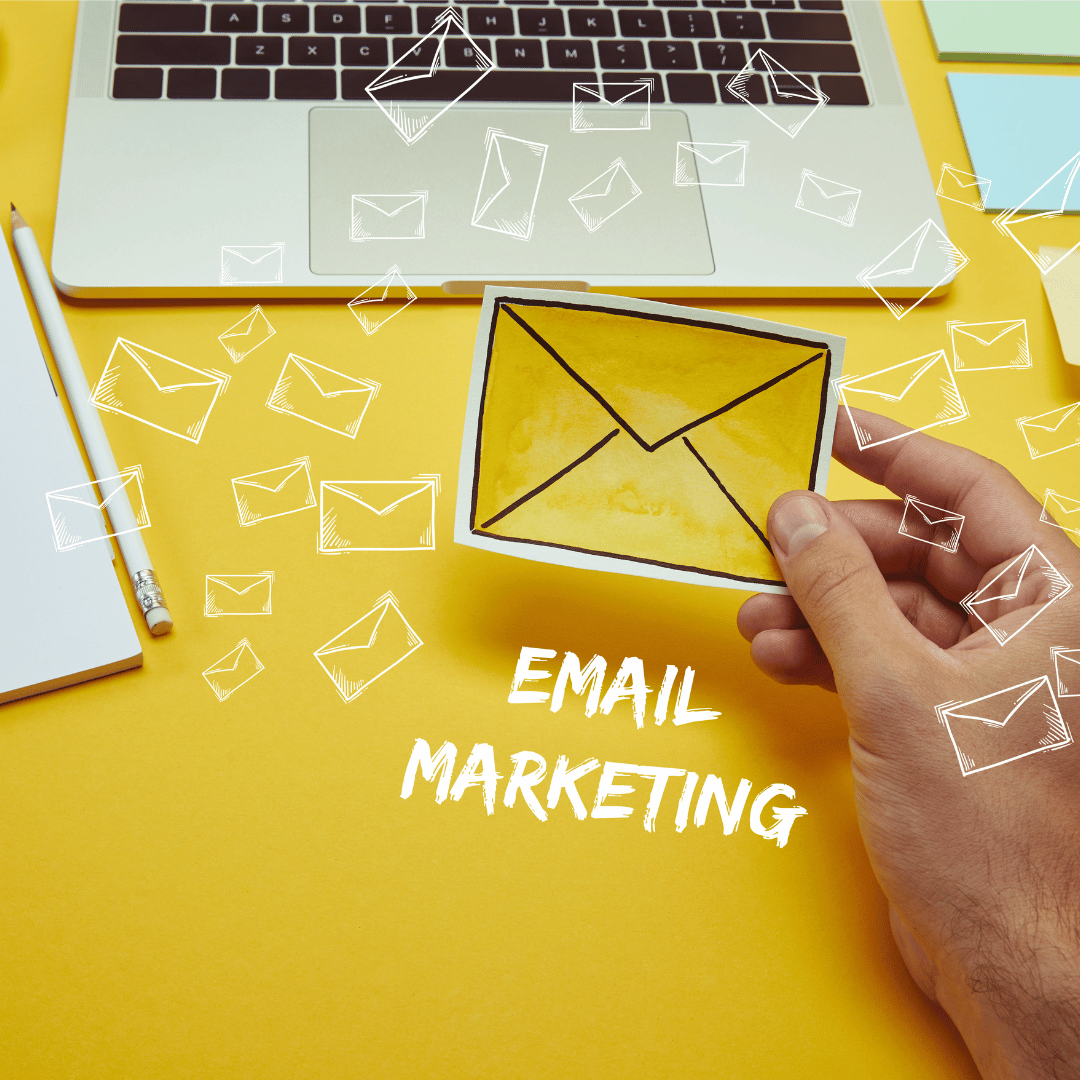Mailing and Email Marketing

Mailing and Email Marketing
Mailing and email marketing are essential tools for business owners who want to maintain effective communication with their clients and potential customers. Understanding what mailing is and how to implement effective strategies can transform the way you engage with your audience. In this article, we will explore key points for a successful email marketing campaign, from tools and platforms to content creation and results analysis.
What is Mailing and Email Marketing
Mailing refers to sending emails to a list of subscribers with the aim of informing, promoting, or strengthening the relationship with customers. Email marketing is a broader strategy that uses mailing to achieve specific goals such as increasing sales, generating leads, and improving customer loyalty.
Tools and Platforms for Email Marketing
To send emails effectively, it’s crucial to use the right tools and platforms. Here are some of the most popular:
Mailchimp
Mailchimp is one of the best-known platforms for email marketing. It offers an intuitive interface, customizable templates, and automation tools that make managing your mailing campaigns easier. Ideal for small and medium-sized businesses, Mailchimp also provides detailed analytics to monitor the performance of your emails.
Sendinblue
Sendinblue is another excellent option for email marketing. Besides sending emails, Sendinblue allows you to manage SMS campaigns, create landing pages, and execute marketing automation. Its advanced segmentation and personalization tools make it very powerful.
Constant Contact
Constant Contact is an easy-to-use platform that offers a variety of email templates and marketing automation tools. It’s ideal for those just starting with email marketing and looking for a simple yet effective solution.
HubSpot
HubSpot is a complete tool that integrates email marketing with CRM, marketing automation, and sales management. It is a robust option for companies seeking an all-in-one solution for their digital marketing needs.

Segmentation and Personalization of Lists
Segmentation and personalization are fundamental to the success of mailing. Here’s how to do it effectively:
List Segmentation
Segmentation involves dividing your mailing list into smaller groups based on specific criteria such as demographics, purchase behavior, interests, and more. This allows you to send more relevant and personalized messages to each group, increasing the effectiveness of your campaigns.
Email Personalization
Personalize your emails to make recipients feel valued. Use the subscriber’s name in the greeting, tailor the content to their interests, and offer recommendations based on their purchase history. Personalization increases open and click-through rates, improving your campaign’s overall performance.
Creating Engaging Content for Emails
The content of your emails is crucial to capturing your subscribers’ attention and driving action. Here are some tips for creating engaging content:
Impactful Subject Lines
The subject line is the first thing the recipient will see, so it must be impactful and relevant. Use questions, calls to action, and exclusive offers to grab attention and encourage opening the email.
Relevant and Valuable Content
Provide content that is relevant and valuable to your subscribers. This can include company news, special offers, useful tips, and more. Ensure the content is easy to read and well-organized with subheadings and lists.
Attractive Design
Use an attractive and professional design. Visually pleasing and well-structured templates improve the user experience and increase the chances of subscribers interacting with your content.
Clear Calls to Action (CTAs)
Include clear and compelling calls to action. CTAs should guide users toward the action you want them to take, whether it’s purchasing a product, registering for an event, or downloading a resource.
Measuring and Analyzing Results
Measuring and analyzing the results of your email marketing campaigns is essential to understanding their effectiveness and making continuous improvements. Here are some key metrics to consider:
Open Rate
The open rate indicates how many subscribers opened your email. A high open rate suggests that your subject line is attractive and relevant to your audience.
Click-Through Rate (CTR)
The click-through rate measures the percentage of subscribers who clicked on one or more links within the email. A high CTR indicates that your content is engaging and that your CTAs are effective.
Conversion Rate
The conversion rate measures how many subscribers completed the desired action after clicking on your email, such as making a purchase or signing up for an event. This metric is crucial for evaluating the return on investment (ROI) of your email marketing campaigns.
Bounce Rate
The bounce rate indicates how many emails could not be delivered. Bounces can be soft (temporary) or hard (permanent). Maintaining a low bounce rate is essential to preserving your domain’s reputation and the effectiveness of your email deliveries.
Unsubscribe Rate
The unsubscribe rate measures how many subscribers opted out of receiving your emails. An increase in this rate may indicate that your content is not relevant or that you are sending emails too frequently.
[/ultimate_ctation]

